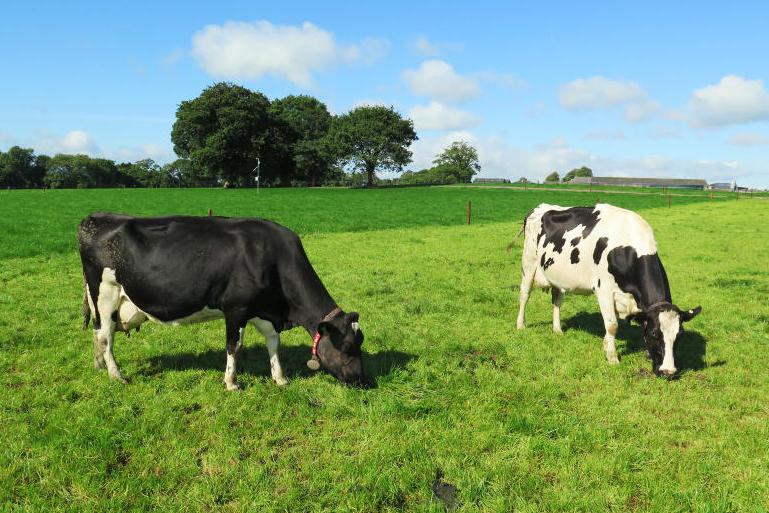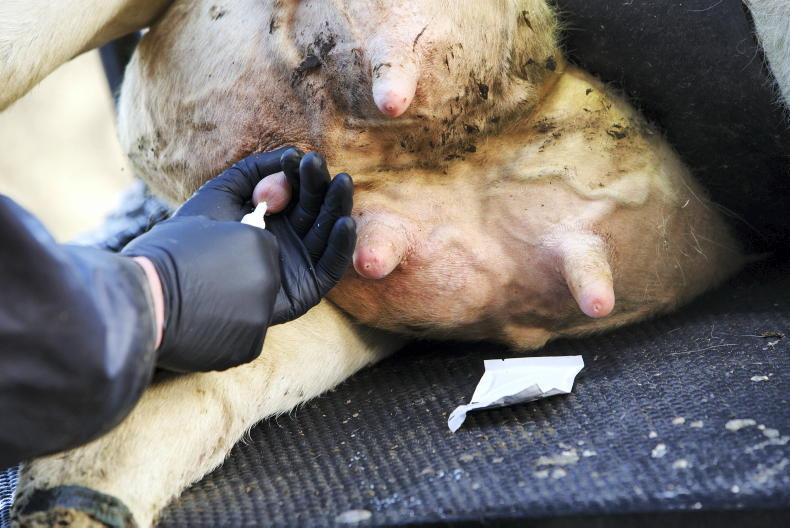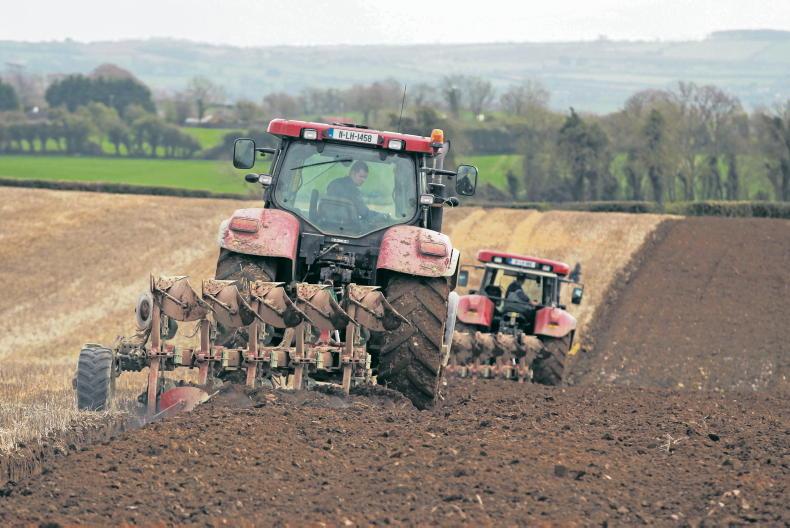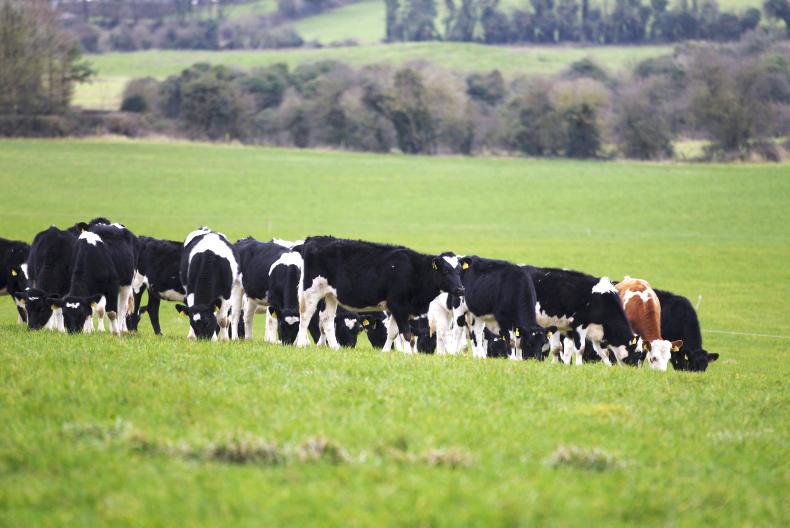The dry and settled spell of weather is set to continue over the weekend and into the early part of next week.
Land has dried out faster than many thought possible and herds that were housed fully have been able to go back out again.
Those on heavy land should make the most of this opportunity and get as much area grazed now as possible.
Stop feeding silage for a few days and get cows to eat as much grass as possible, while not losing sight of getting a good clean-out.
Remember the basics of grazing in difficult conditions: allocate enough grass for 12 hours but bring cows inside after three hours if they are doing damage; graze in square blocks; use a back-fence and walk cows to the back of paddocks in a single file along a narrow track.
On heavy farms, the priority should be to get the highest covers grazed as these will only rot over winter otherwise.
On drier farms, the priority is not to graze all the grass and to keep enough for spring. The only way to be sure of this is to measure grass, or stick to the targets of not grazing anything that has been grazed since the first week of October.
Growth rates are good, so it is not too late to spray weeds in reseeds. If it’s a toss-up between grazing or spraying reseeds, I would prioritise grazing. The lesson is that autumn reseeds are much harder to manage.
Cow culling tool
ICBF has launched COW, a new culling tool.
The purpose of the tool is to make it easier for farmers to identify the cows that contribute the least to the farm, and to cull these.
As Donagh Berry points out, there are two ways to improve performance – breed from the best cows, and cull the worst.
Culling the bottom performers in any category will speed up the rate of gain in that category.
With many herds having reached their stocking rate limits, future increases in output will come from improved herd performance. It’s good to see more value being added to milk-recording results.
Grass+ dairy: great weather for winter grazing
Aurivo and Lakeland to offer fixed milk price schemes
Glanbia fixed milk price scheme over-subscribed
The dry and settled spell of weather is set to continue over the weekend and into the early part of next week.
Land has dried out faster than many thought possible and herds that were housed fully have been able to go back out again.
Those on heavy land should make the most of this opportunity and get as much area grazed now as possible.
Stop feeding silage for a few days and get cows to eat as much grass as possible, while not losing sight of getting a good clean-out.
Remember the basics of grazing in difficult conditions: allocate enough grass for 12 hours but bring cows inside after three hours if they are doing damage; graze in square blocks; use a back-fence and walk cows to the back of paddocks in a single file along a narrow track.
On heavy farms, the priority should be to get the highest covers grazed as these will only rot over winter otherwise.
On drier farms, the priority is not to graze all the grass and to keep enough for spring. The only way to be sure of this is to measure grass, or stick to the targets of not grazing anything that has been grazed since the first week of October.
Growth rates are good, so it is not too late to spray weeds in reseeds. If it’s a toss-up between grazing or spraying reseeds, I would prioritise grazing. The lesson is that autumn reseeds are much harder to manage.
Cow culling tool
ICBF has launched COW, a new culling tool.
The purpose of the tool is to make it easier for farmers to identify the cows that contribute the least to the farm, and to cull these.
As Donagh Berry points out, there are two ways to improve performance – breed from the best cows, and cull the worst.
Culling the bottom performers in any category will speed up the rate of gain in that category.
With many herds having reached their stocking rate limits, future increases in output will come from improved herd performance. It’s good to see more value being added to milk-recording results.
Grass+ dairy: great weather for winter grazing
Aurivo and Lakeland to offer fixed milk price schemes
Glanbia fixed milk price scheme over-subscribed










SHARING OPTIONS